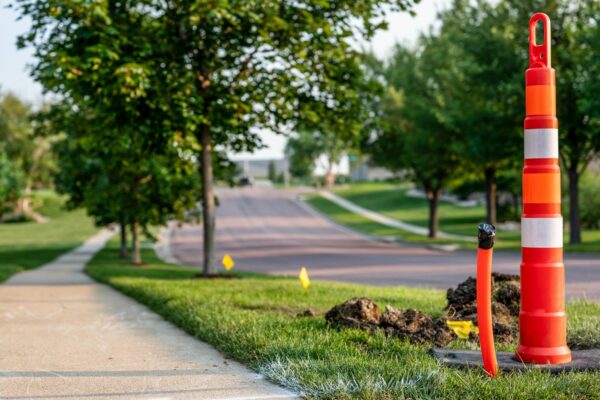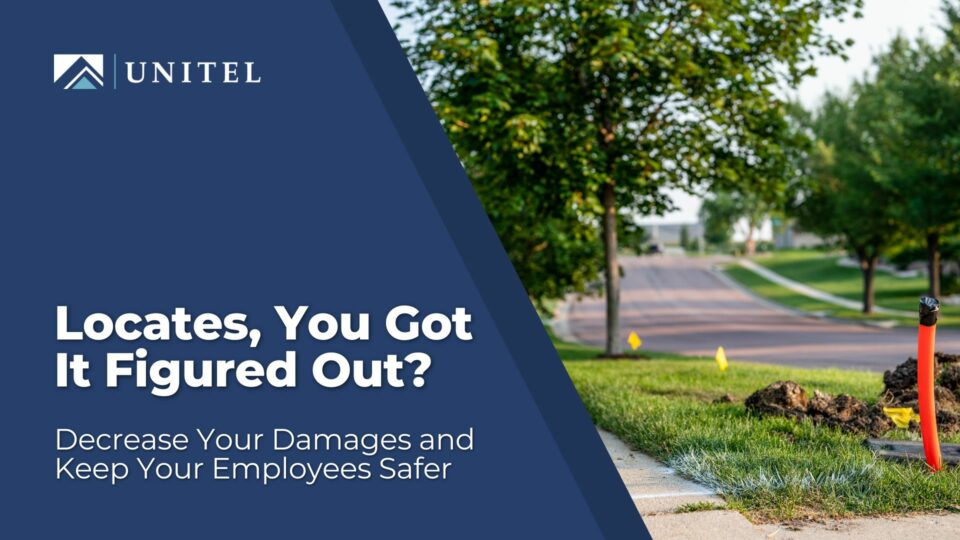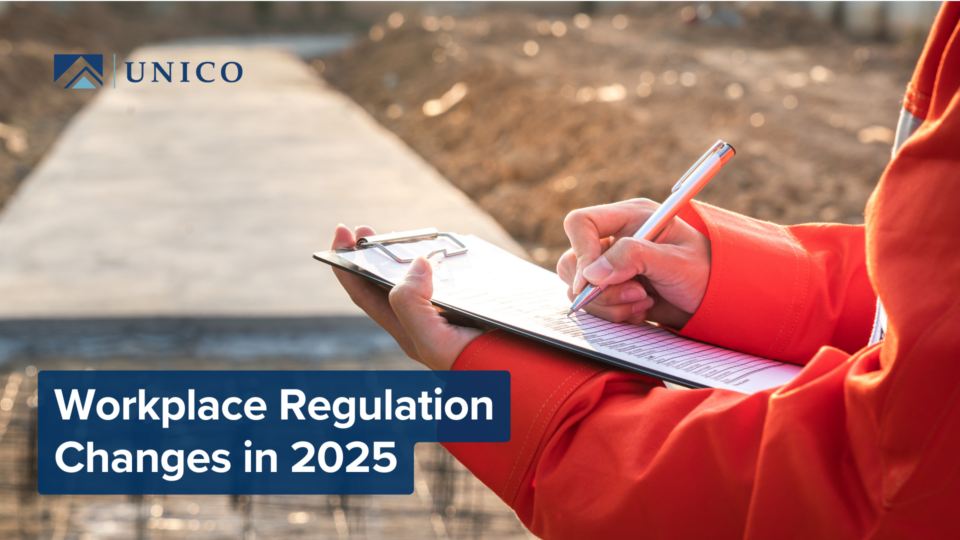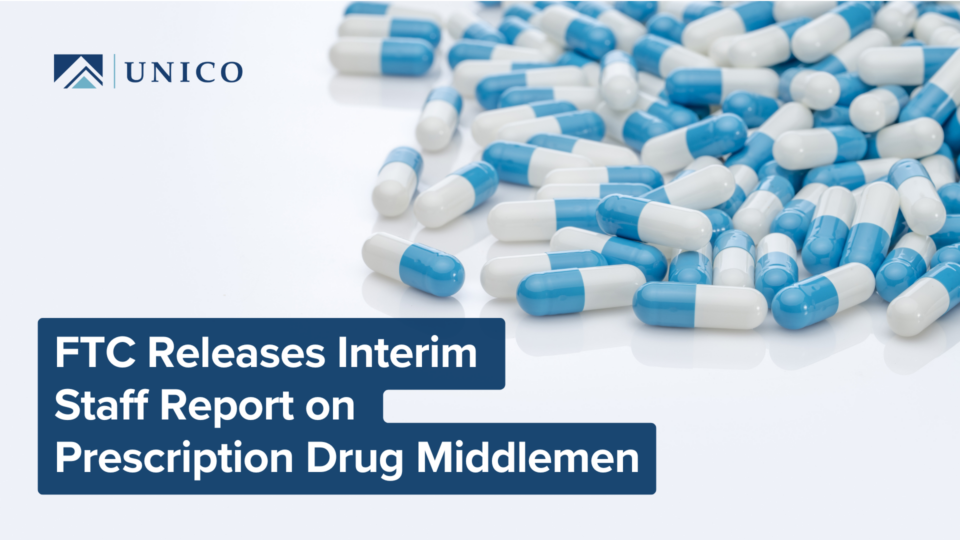Decrease Your Damages and Keep Your Employees Safer
Your role, as a communications business owner or a contractor hired by the communications business owner, is to ensure that everyone involved in utility locates knows and trusts that the safety policy and program is in place prior to starting work and that all involved understand and are educated regarding that safety policy and program.
How does this get done? The answer is a commitment to safety from the top down and the bottom up.

Is your company doing everything it can to relegate damage from bad locates and fast-moving excavations to the backseat and take a proactive approach to instilling best safety practices among your crews? Here are some simple and easy things you should do to ensure that your people are safe and that damages and construction costs stay as low as possible.
Decrease Your Damages and Keep Your Employees Safer
What a lot of best practices come down to is awareness, precaution and a willingness to not cut corners to complete the work. As any excavation/ locates worker worth his or her salt knows, just because you have marks on the ground it doesn’t mean they are in the correct place. For that reason, best practices dictate that you ask/require your crews and subcontractors to:
- Analyze positive responses for any issues that indicate the site was not marked/not marked correctly
- Call 811 to determine if all utilities have been marked
- Photograph all incorrectly identified marks
- Recheck locate information and positive responses if subs arrive onsite and no marks exist
- Use a digital app that provides an at-a-glance view of internal ticket information from the field as a component of evaluating positive responses
- Call locators with any questions you have about marks
- Perform “delicate potholing” to locate all drops
Establishing Best Practices
In addition to these things, the company leadership needs to also establish “above and beyond” best practices that can be put into play. For example;
Training
Ensure every individual who excavates for you, in-house as well as subcontractors, passes a rigorous safety test.
Pre-survey
White line all proposed paths of excavation before the start of any project.
Follow Through
Make sure that your locate protocol is in place and well known to the workers and make it clear to those workers that cutting steps to save time is not an option.
Daily Tailgate Safety Meeting
Hold them at the beginning of each workday to conduct a site check for safety.
Speak Up
Encourage your own employees as well as contractors to raise their hand if they don’t feel comfortable with a locate. Request a second set of eyes to verify position.
Increase Subcontractor Communications
Stay on top of what’s happening with your subcontractors. Know the length of the project, where they are starting, how they should progress and alert them to potential conflicts.
Increase Customer Communications
Give end customers plenty of heads up on when you’ll be coming, how long the work will take and how it may impact them. Make sure they have contact names and numbers. Door hangers work great for this. The facility owner that hired you will thank you for this proactive step.
Damage Prevention Team
Conduct unannounced audits and post inspections.
Creating a Zero Damage Culture
Surround yourself with like-minded people. A friend who was once looking to make some significant changes in her career and personal life told me that she pays close attention to those she surrounds herself with because it’s a challenge to rise above the level of those who don’t aspire to the same heights you do. These folks tend to pull you down with cynicism or procrastination or a “Who do you think you are?” attitude. Instead, she sought the company of people who encouraged and aided her in her quest to do and be more.
The lesson? Damage prevention doesn’t start and end with fieldwork. Amazing parallels may be drawn between this lesson and the world of locating and excavation. Seek out and consider being a member of your state’s group of utility owners, locators, contractors, government agencies and insurance companies, all seeking better safety standards to reduced damage claims within the industry.
What I know from many years in the field is that damage breeds conflict and that leadership matters—in an executive suite and in the industry overall. Partnering with likeminded individuals in your state/group helps all of us raise our awareness of next steps to be taken and why focusing on safety and damage prevention matters.
Leadership needs to coach and educate their excavation/locate teams to do those things that we know are correct. It is the most important job we have. It’s important to realize that no matter how good your crew is, there’s always a chance for errors to slip in.
Work closely with crews to ensure that errors stay out. Anytime an incident or even near-incident occurs, address it immediately with the crew. Make it clear to everyone who works for you that success on the job is measured (in part) by your success rate in terms of “zero damage.”
Quite often, this involves adding steps to the process. For example, if one of your contractors wanted to hire a new crew on Friday to start work on Saturday, this would subvert the safety and education process you should have in place. You may be desperate to get a crew in the field due to the need to step up the pace of work or catch up a lagging schedule, but your response should be no because the ops manager and the designated safety guy need to be onsite for the first day of any new crew’s work to verify the crew is properly trained, knows and follows the safety practices, and is aware that safety and damage avoidance trumps all.
The payoff for this rigid adherence to safety and damage prevention is, with time, you and your contractors will gain recognition and establish a reputation for doing work that is fast, safe and reliable. Your employees and subs will appreciate this safety and efficiency approach as will your insurance underwriters, broker and any interested governmental agencies that monitor what you do.
The loss prevention information and advice presented in this document is intended only to advise our clients, customers and business partners of a variety of methods and strategies based on generally accepted safe practices, for controlling potentially loss producing situations commonly occurring in business premises and/or operations. They are not intended to warrant that all potential hazards or conditions have been evaluated or can be controlled. They are not intended as an offer to provide insurance coverage for such conditions or exposures, or to imply that UNITEL Insurance or UNICO Group will provide such coverage. The liability of UNITEL Insurance or UNICO Group is limited to the specific terms, limits and conditions of the insurance policies issued, if any.




